
Wholesale Ammonite
Are you exploring the secrets of the ancient ocean, Madagascar ammonites? We select the best Madagascar ammonites for wholesale. Each piece retains the most original natural features and scientific value. They all have unique colors and luster. You can buy these wholesale ammonites for jewelry making or as rare decorative artworks in your study or living room.
- Material: Natural ammonites
- Size: 2-13cm
- Craftsmanship: Original specimens
- Usage: Decorative ornaments
What is Ammonite
Ammonites belong to the cephalopod class of the phylum Mollusca. They are a type of extinct organism. Ammonites originated in the early Devonian period and completely disappeared in the mass extinction at the end of the Cretaceous period – a total evolutionary history of about 340 million years.
Ammonites have the characteristics of strong swimming ability, wide distribution, and rapid evolution, so they are used as reference fossils for the division and comparison of strata. They are highly favored by people for their beautiful spiral shells, varied shell ornaments, complex and diverse sutures, and colorful mineral colors.
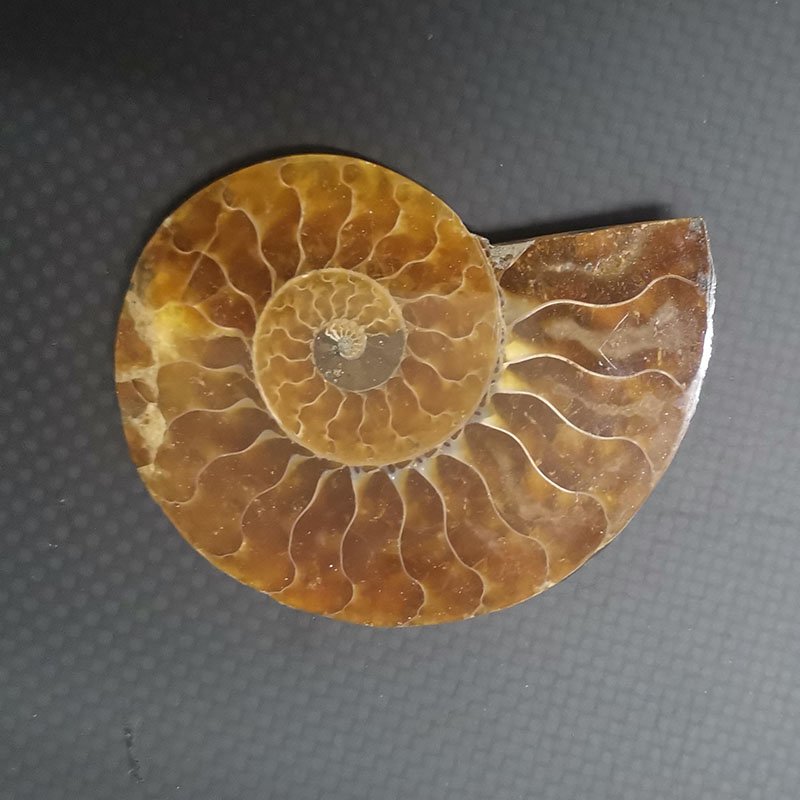

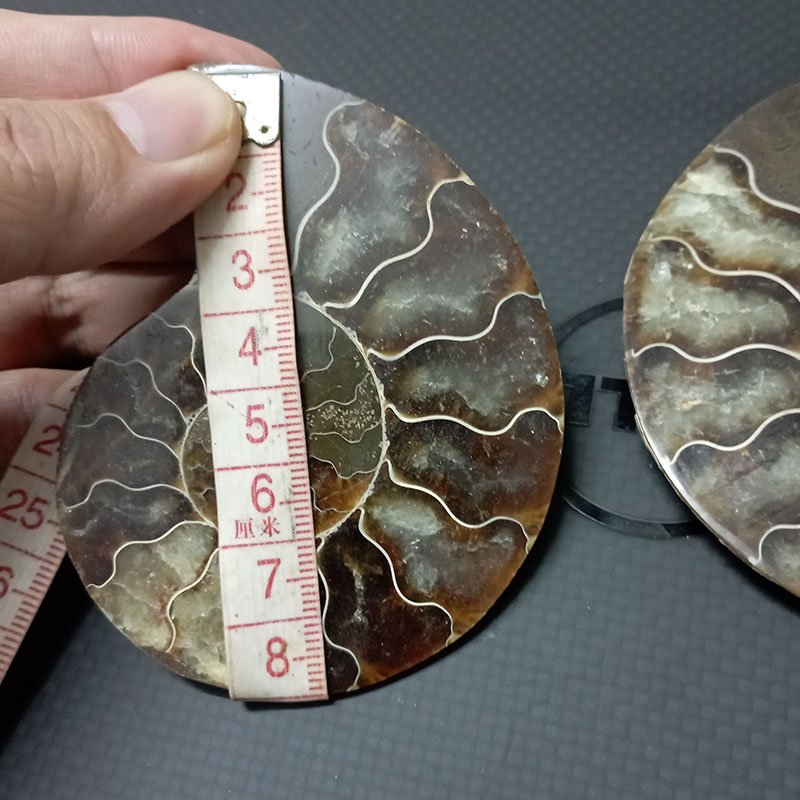
High Quality Ammonite Wholesale
We provide high quality and affordable ammonites. A complete pair of ammonites size ranges from 10-70mm and costs 1~10USD. A single large size is available from 70-130mm and costs 8~20USD. The price depends on the you purchase quantity.
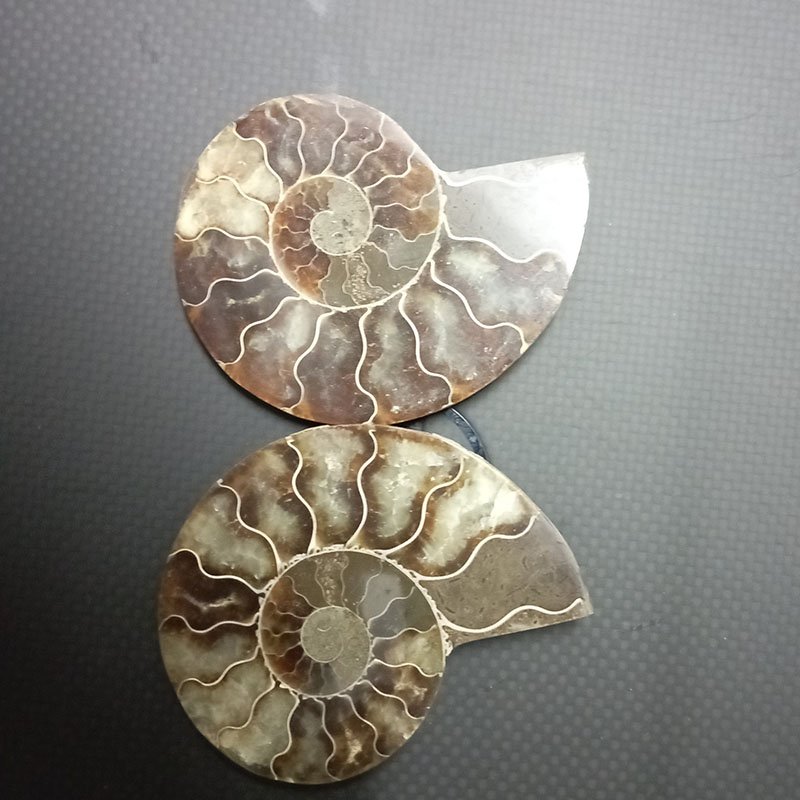

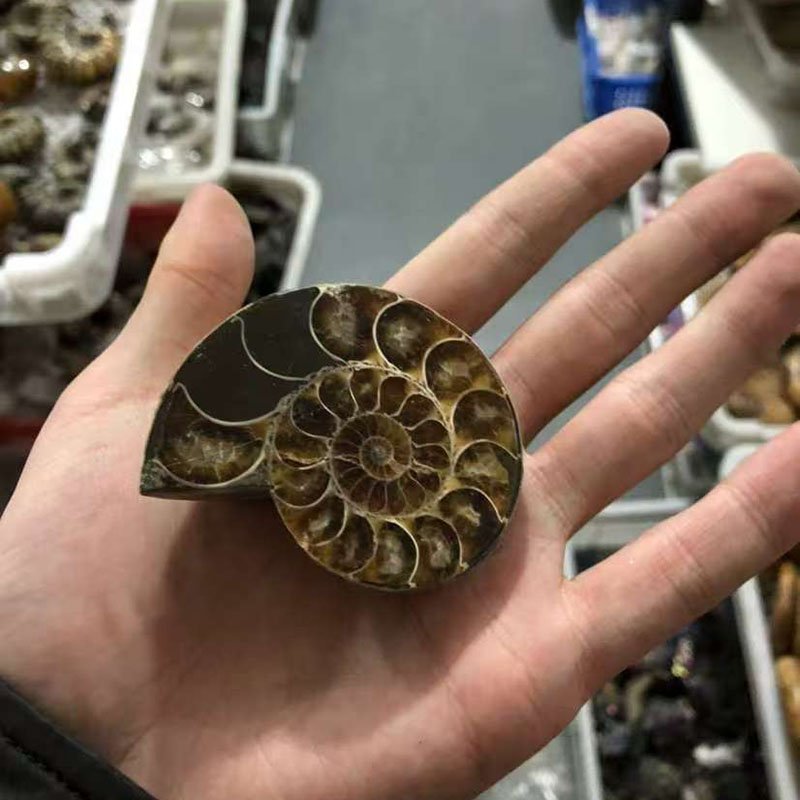



Wholesale Ammonite Video
What can wholesale ammonites be used for?
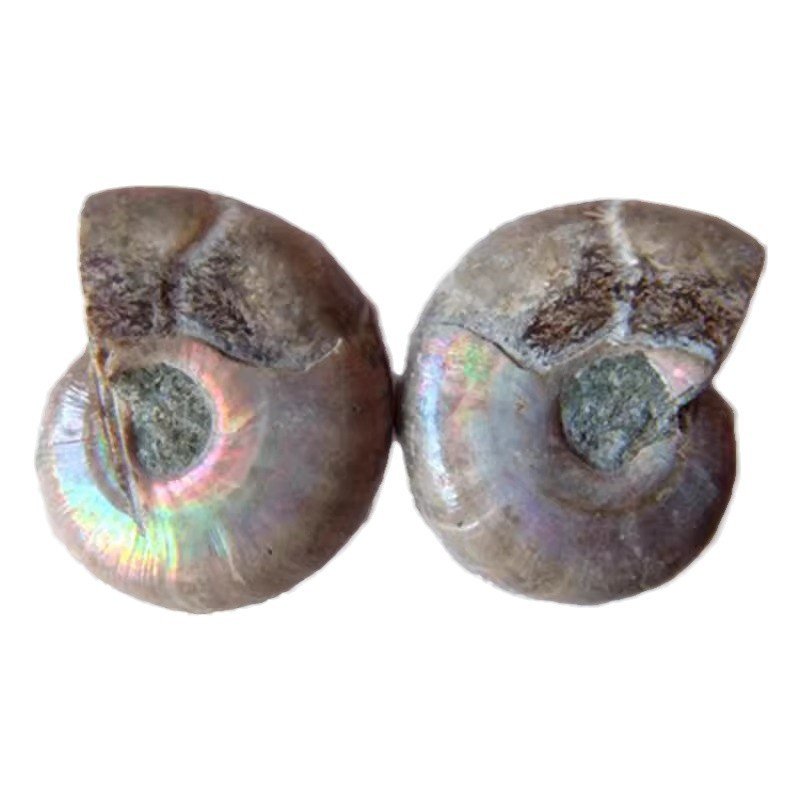
Science Education
For educators, by studying ammonite fossils, they can analyze the temperature, salinity and ecological evolution of ancient oceans. By changing in shell morphology, they can reveal the laws of species adaptation and evolution. In addition, ammonites are also “standard fossils” that help determine the age of Mesozoic strata (such as assisting oil exploration).
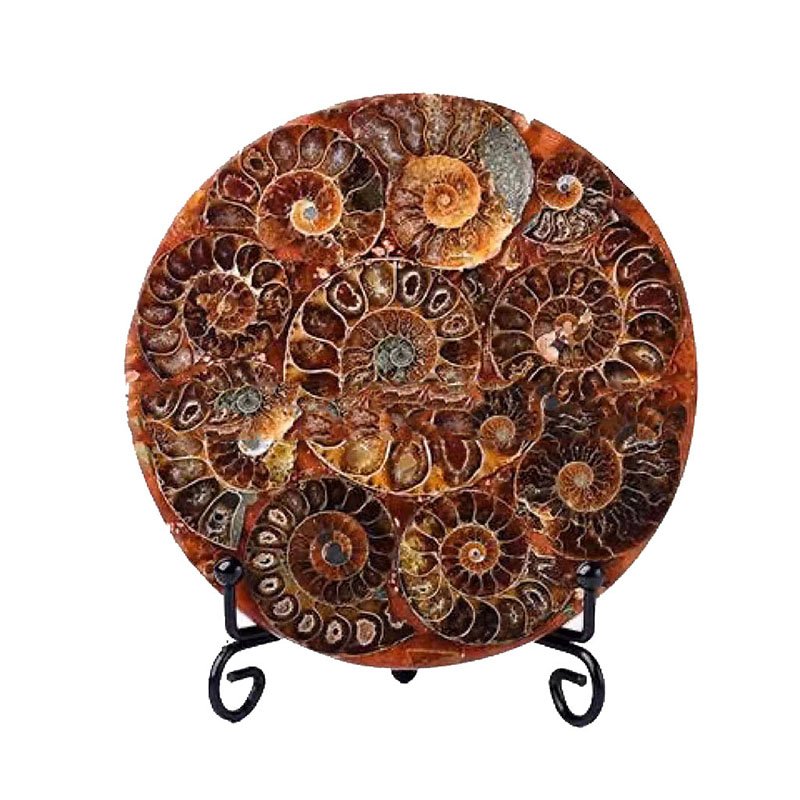
Feng Shui Decoration
For home decoration, professionally polished fossils can be placed in a prominent position in the home, or they can bring natural history and mystery to the home space. In Feng Shui, Ammonite fossils are regarded as auspicious objects for attracting wealth and protecting the house. Some people even use them for energy healing and exploring the mysteries of metaphysics.

Jewelry Making
In the jewelry design, you can purchase our wholesale ammonites, and after fine cutting and polishing, you can cleverly inlay them into Feng Shui and fashion accessories such as necklaces and earrings. For example, the British “Snake Stone” legend regards ammonite fossils as a symbol of the saint turning snakes into stones, which means to drive away evil and bring good fortune.
Ammonite FAQs:
Q1: What are ammonites
A: Ammonites are a subclass of the cephalopod class of the phylum Mollusca. They are distantly related to modern nautilus, squid, cuttlefish and other creatures. Ammonites use shells as shields and tentacles and beaks as spears. They have strong reproductive abilities and are widely distributed in ancient oceans.
